Remember back in the days when soft fruits were only eaten in spring and summer time? Well, we can hardly recall it either. For many years and thanks to hydroponic production, strawberries, raspberries and other berries are available throughout the year. It has been one of the hottest crops in the industry. Here are 10 articles you might have missed.
Dutch Berries: 20 hectares of high-tech strawberry cultivation-20.jpg?preset=ContentFullSmall) With 20 hectares, the strawberry greenhouse of Dutch Berries was already the largest in the Netherlands when it opened in 2018, and 2 years later, the company expanded by another 4 hectares. Meanwhile, the nursery is equipped with 14 hectares of LED lighting in order to supply strawberries all year round.
With 20 hectares, the strawberry greenhouse of Dutch Berries was already the largest in the Netherlands when it opened in 2018, and 2 years later, the company expanded by another 4 hectares. Meanwhile, the nursery is equipped with 14 hectares of LED lighting in order to supply strawberries all year round.
Dutch tomato grower expands into strawberry cultivation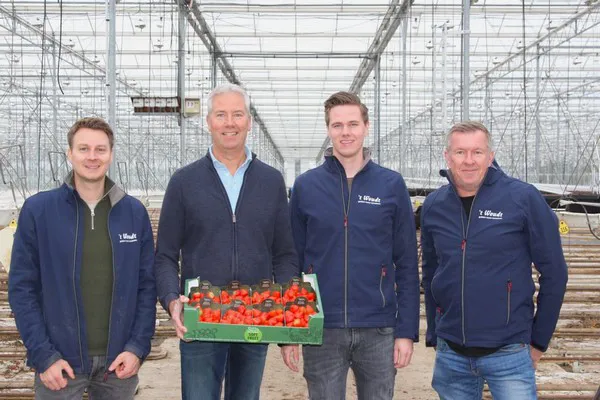
From now on, Kwekerij 't Woudt will be cultivating strawberries at one of its locations in the Netherlands. That is in addition to mini cherry vine tomatoes.
Growing strawberries from seeds becoming increasingly popular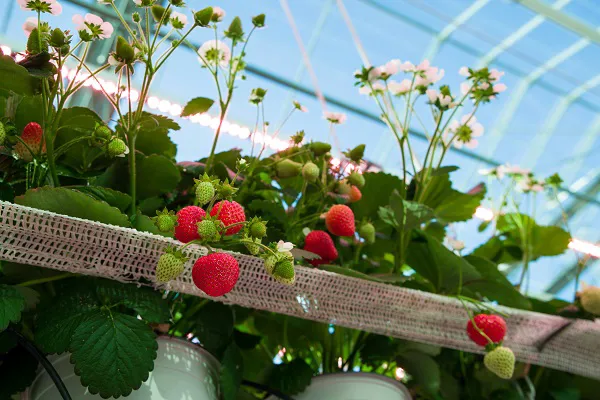
"Strawberries still offer plenty of growth opportunities," says Gé Bentvelsen, director of ABZ Seeds. This Dutch company has, for more than 25 years, focused on propagating perennial F1 hybrid strawberry varieties from seed for greenhouse cultivation. In 2011, strawberries were grown under glass on 110 hectares in the Netherlands, reports the Central Bureau of Statistics. By 2021, that had increased to 440 hectares. Greenhouse cultivation - this is where the trade opportunities lie, Gé says.
Sjraar Hulsman, Frankort&Koning:
"The energy market's uncertain, so there's more weekly strawberry sales rather than fixed prices"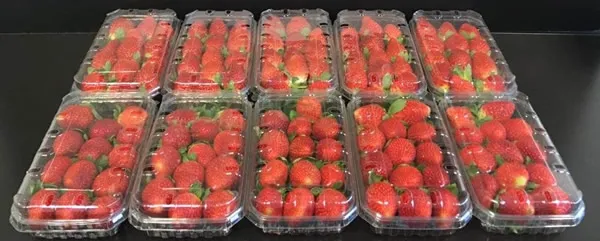
The Dutch greenhouse multiple strawberry crop season is nearing its end, and the first imported strawberries are entering the market. Sjraar Hulsman of Frankort&Koning takes stock. "Whereas in recent years, lit greenhouse strawberry cultivation expanded sustainably, growers are now taking a step back," he begins.
"Cultivating an expensive crop like this; do it right or not at all"
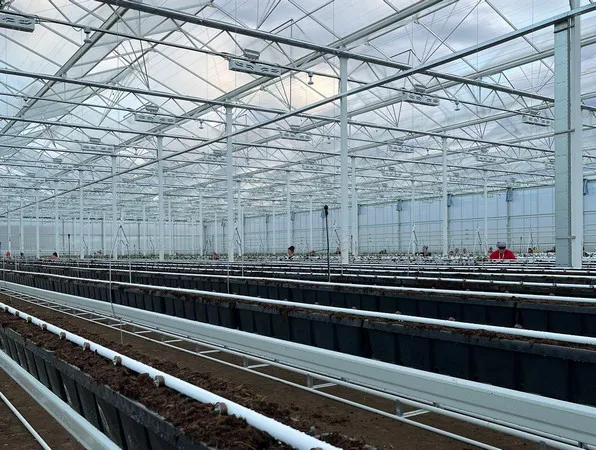
With all that's going on at the moment, these are already very trying times for growers. However, growers who are in the middle of building a new greenhouse as well, are going through an even more intensive time. Jan van Genderen of Royal Berry is one of those growers. Before the energy crisis hit, he decided to build new greenhouses, and he went through with it. In early September he proudly showed us the results.
"Higher costs will mean few, if any, local strawberries in the winter"
Like many other categories, the strawberry sector is struggling. That was evident at the "International Strawberry Congress," held in Antwerp, Belgium, from September 21 to 24. Supply is limited, and prices are high. According to many, that will not change anytime soon this winter. On the contrary, it will create even more challenges. That was the conference speakers' general message.
Kenya: ‘Vertical garden’ delivers up to 5kg of strawberries a month
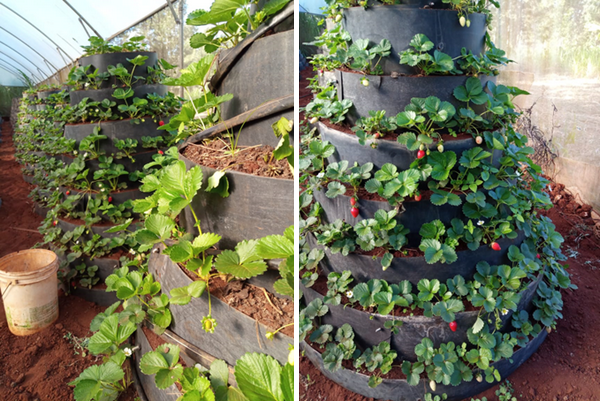
"Anyone can purchase a garden for their yard or business, and each year up to half of the Jaick produce gardens go to low-income recipients at a reduced price," says Benson Maina, founder of Jaick Produce.
"The tomatoes are for export, strawberries for the local Uzbeki market" 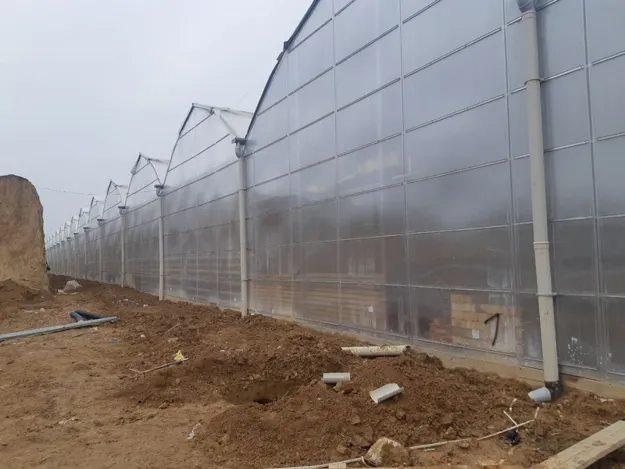
A festive moment in the Parkent district in Uzbekistan, where last week, the first plants were planted in a new greenhouse. In the 4,5 ha enterprise, strawberries and tomatoes will be grown.
Strawberry cultivation also productive with little gas usage
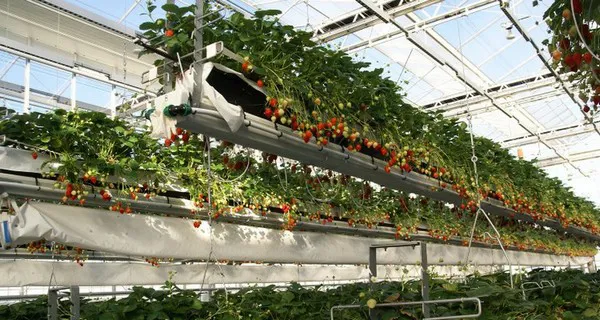
With a number of adjustments, strawberries can be grown year-round with the lowest possible use of fossil fuels and chemical crop protection products. This is the conclusion of a study by the Business Unit Greenhouse Horticulture and Flower Bulbs of Wageningen University & Research. More than three years of research was carried out in the Demokas 2030 into the application of LED light, dehumidification, and three screens, among other things. This made it possible to achieve high, almost year-round production.
Strawberry season shortened, more product on the market at the same time
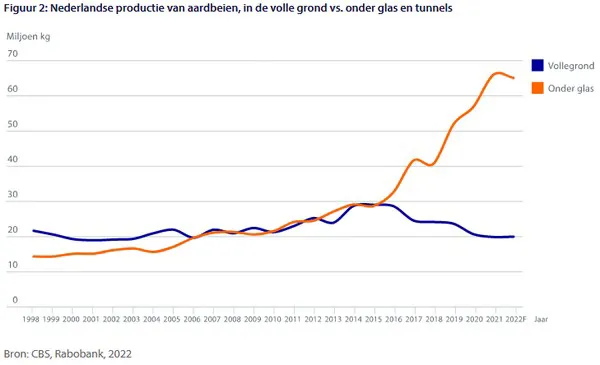
Dutch strawberry growers are facing huge cost increases, which will make them adjust their growing strategy for the coming season, and consumers will see their wallets emptying, which may make them abandon strawberries more often. Rabobank analysts expect that this combination could cause strawberries to become a seasonal product again.
